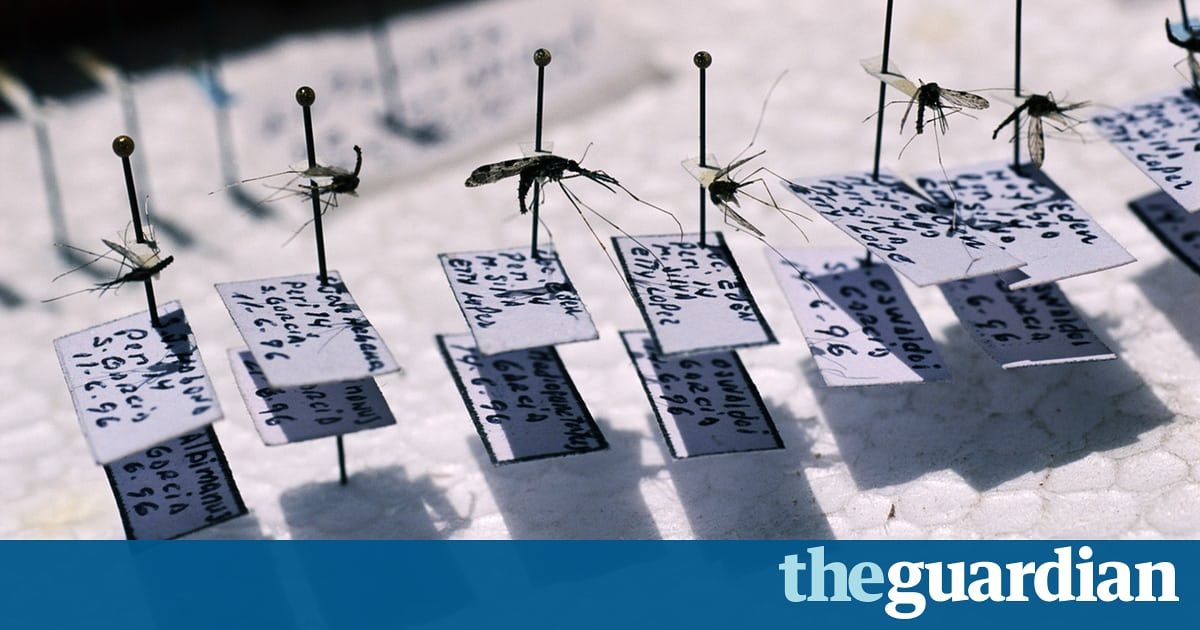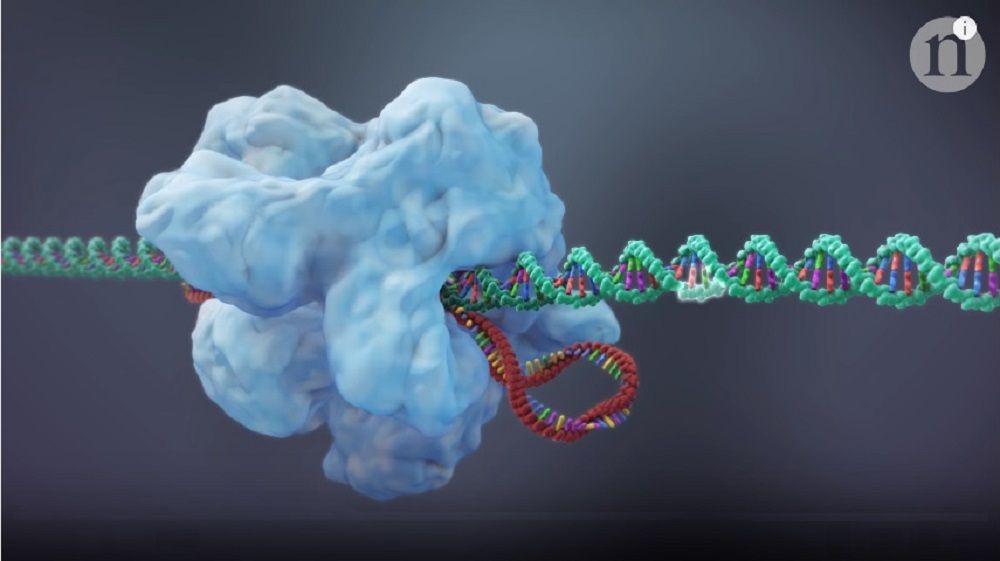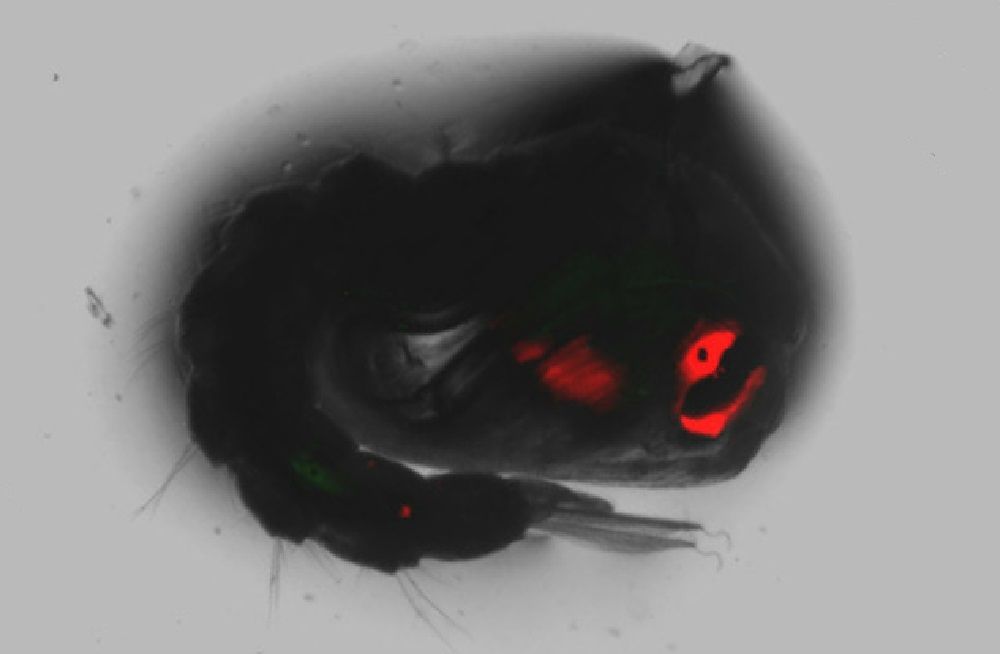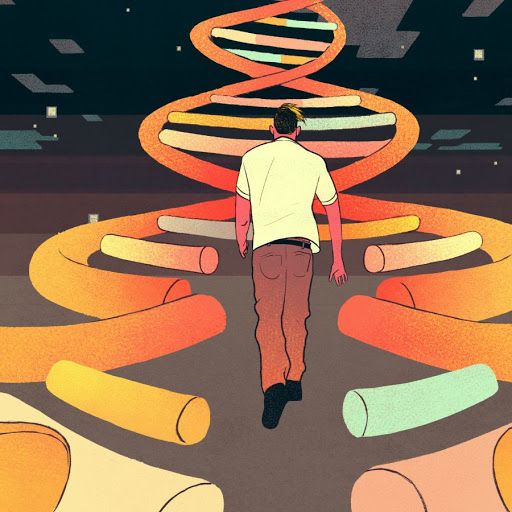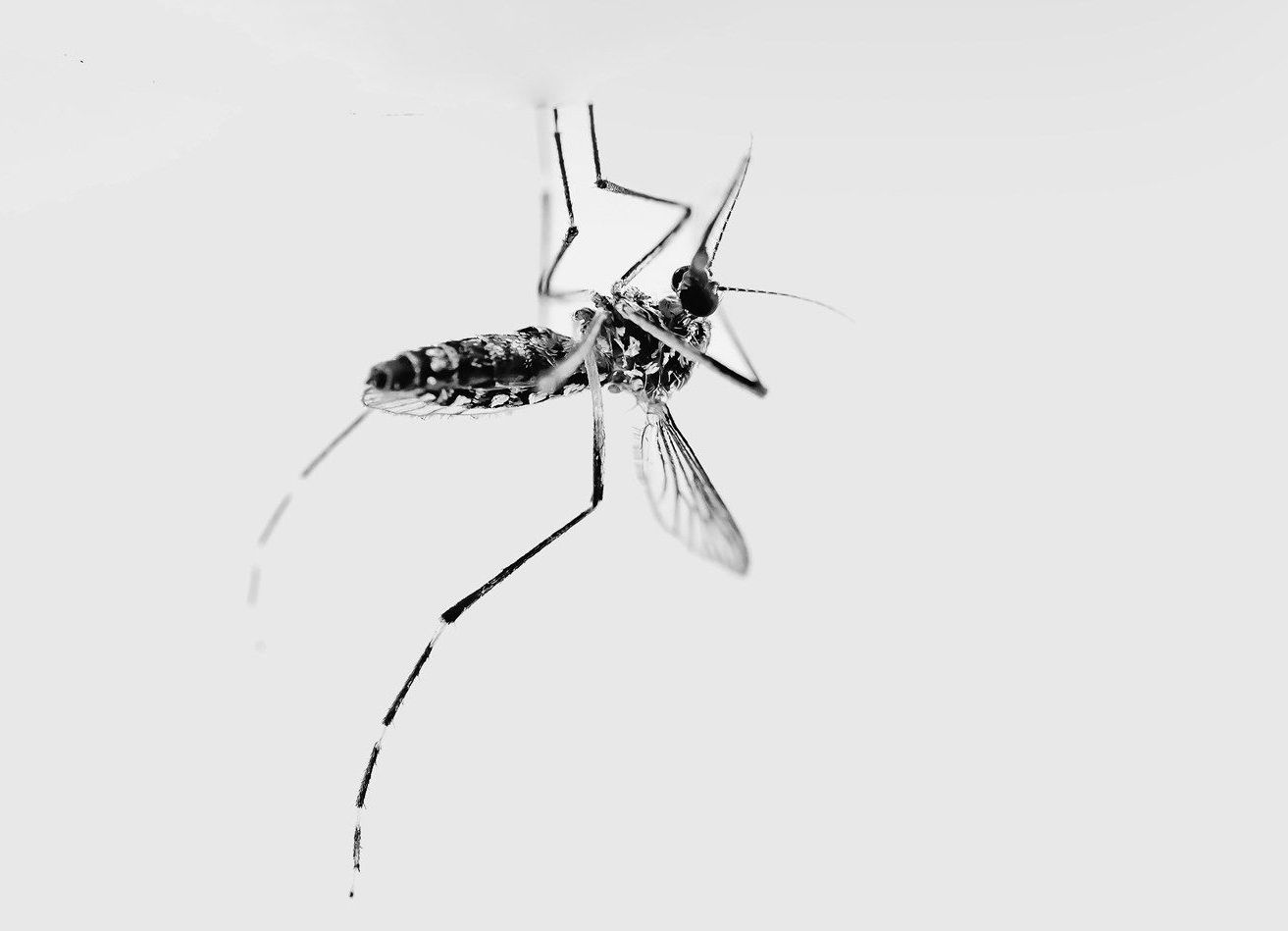Dec 7, 2017
Siddhartha Mukherjee meets Henry Marsh: ‘When do you stop treating a patient? At 100?’
Posted by Derick Lee in categories: biotech/medical, genetics, neuroscience
Mukherjee is now 47 and lives in New York; Marsh, 67, lives in Oxford. To different extents both of these doctors still practise in their respective fields – Mukherjee at Columbia University’s cancer centre, Marsh as a visiting doctor at various hospitals around the world, including in Kathmandu in Nepal. Both men have continued to write: Marsh a second volume of autobiography, called Admissions, published this year, and Mukherjee a study of genetics called The Gene: An Intimate History, published last year. When they sat down to talk to each other over Skype one Saturday afternoon in November, they began with a subject on which their two lifelong disciplines overlap: the treatment of brain cancer.
The cancer specialist and the neurosurgeon talk about treating cancer, writing and facing death in their own families by Tom Lamont.


